Editorial | Do it yourself!
Abstract
It is with great pleasure that we present to our readers the tenth issue of V! RUS, the Nomads.usp journal. We are very grateful to all 239 authors who, in these ten issues, agreed to discuss the topics we suggested, through their papers published here. This edition is thus a celebration of V! RUS and Nomads.usp along with their colleagues, collaborators, friends and partners, and in particular with the readers of our publication. The articles that we now offer to reading are full of thought-provoking reflections, good news and stimulating ideas to make the world, we believe, a more just and supportive place.
Indeed, the theme of this tenth issue, >DIY//DO IT YOURSELF!+, eventually brought us a set of testimonies and readings of practices that exude optimism. A necessary and urgent optimism, in times when intolerance, scissions and conservatism are sweeping large areas of the planet. The text, audio, images and videos of these articles largely resonate agendas, positions and awarenesses formulated in the streets of many large cities in the world in recent years. They insist, fortunately, on the idea that, between citizens and their desires, needs and wants, the State mediation not always must be present.
We publish in this issue an interview, ten articles chosen on blind review, two of them in the Projects section, seven invited works in the Carpet section and one Nomads.usp article. They all add up in the search for contemplating the multiple perspectives offered by the theme and are presented in Portuguese or Spanish and English.
The Do It Yourself is theoretically grounded upon the notion of Improvisation [Bruno Massara Rocha], the concept of Gambiarra [Hernani Dimantas] and also from a cybersemiotics point of view in relation to digital processes of architectural projects [Gilfranco Alves and Anja Pratschke]. A Do It Yourself attitude is also reference for two urban studies on collaborative planning and management: one, from the perspective of open source urbanism and cybernetics [Ana Isabel Junho de Sá], and the other, from a historical perspective, examining the consolidation of these concepts, in recent decades, intensified by the globalization of digital media [Adriana Goñi Mazzitelli]. Still within the scope of urban readings, DIY is approached from public spaces uses possibly unanticipated in their design [Debora Allemand, Eduardo Rocha and Rafaela de Pinho].
A group of works enriches the reflection on interventions and actions with the population in cities in Brazil and the world. Always trying to explore, exercise and stimulate Do it yourself practices, such interventions and actions make use of various methodologies. Diego Fagundes da Silva, Erica Azevedo da Costa e Mattos e Romullo Baratto Fontenelle rethink the relations between money, time and public space, aided by physical and digital devices. Bernardo Gutiérrez reports a experience of using the collaborative concept of wiki in the requalification of a square and the social relations that it houses.
On workshops format, Edison Uriel Rodríguez Cabeza and Monica Moura reflect on the maker culture through the production of furniture and digital fabrication, while Diego Fagundes da Silva, Erica Azevedo da Costa e Mattos and Jose Ripper Kos write about hackerspaces and the hacker ethos. Artistic events are handled by Carole Brandon, exploring the use of QR code, Tatiana Reshetnikova and Nicolay Petrov Konstantinovich, featuring unusual objects in urban daily life, Elisiana Frizzoni Candian, focusing on the interaction of the audience with works of media art, and Cados Sanchez Bandeira, analyzing graphic works disposed on the street as Lambes. Two very poetic projects aim at personal rescue of subjectivities and their expression in public space: one, by Camila Echeverria, which reframes old radio broadcasts memories, and the other, by Gabriele Valente, which invites passersby people to publicly share their dreams. The densification of daily activities based on the collaboration between university and community is addressed in two works: Luciana Bosco e Silva, Liz Fagundes Oliveira Valente, Victor Brandão Motta and Alice Zarantonelli Ildefonso propose the enhancement of human relations within the universe of free markets, and Camila Matos Fontenele, Luna Esmeraldo Gama Lyra and Anna Lúcia dos Santos Vieira e Silva are working on the relationship between designers and community, in the scope of an intervention in a slum.
Finally, a glance at the work of preparing the scene where the Do it yourself is likely to become effective, both in macro and micro scales in the Brazilian Amazon region, is discussed in the interview with Osvaldo Stella, director of the Climate Changes Program of IPAM, the Amazon Institute for Environmental Research.
We call readers' attention to the background images in the summary and the sections of this journal issue, produced from the photo of a mosaic of tiles taken at Park Guell in Barcelona, Spain. This is a mosaic reconstructed with pieces of an Arab mosaic whose drawings, as we know, follow an extreme geometric accuracy. The reconstruction in Barcelona included the action of a craftsman who, only having parts of the original mosaic, produced a new arrangement according to a personal logic. The photo of this rearrangement has been reworked by us, as we fragmented it and digitally recombined its fragments in a number of ways, according to our logic, in a process similar to that of the Park Guell craftsman. For us, these images, which are also reproduced below, can therefore be read as hypertexts produced by many hands, in not simultaneous times, following analog and digital processes, resulting in a remix that represents photographically an attitude Do it yourself.
We expect the V!RUS 10 will contribute, within its limits, to inspire reflections and socially transformative practices.
Background images of the Summary and the journal sections
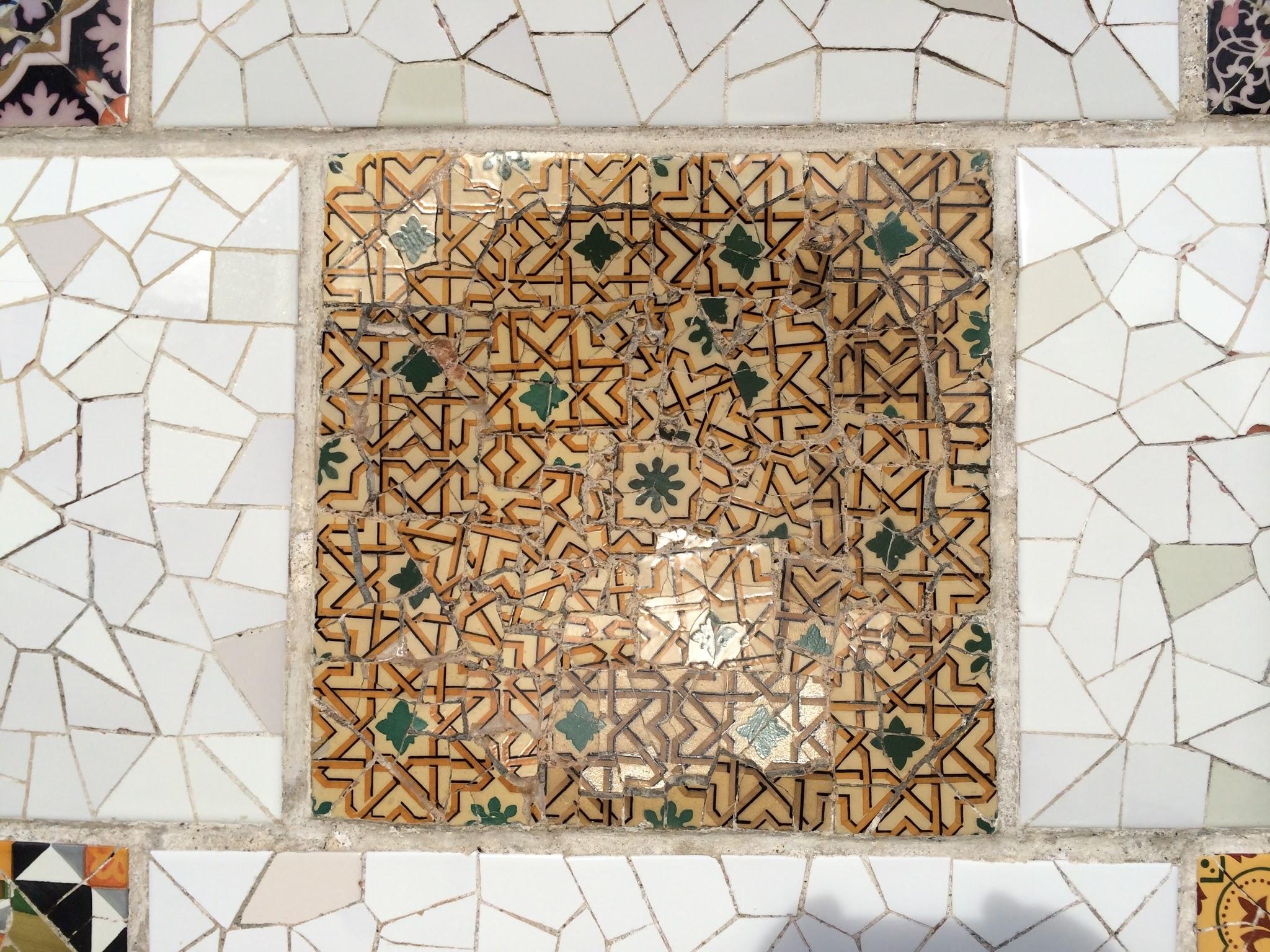
Fig. 1: Original Barcelona mosaic picture. Photo: M. Tramontano.
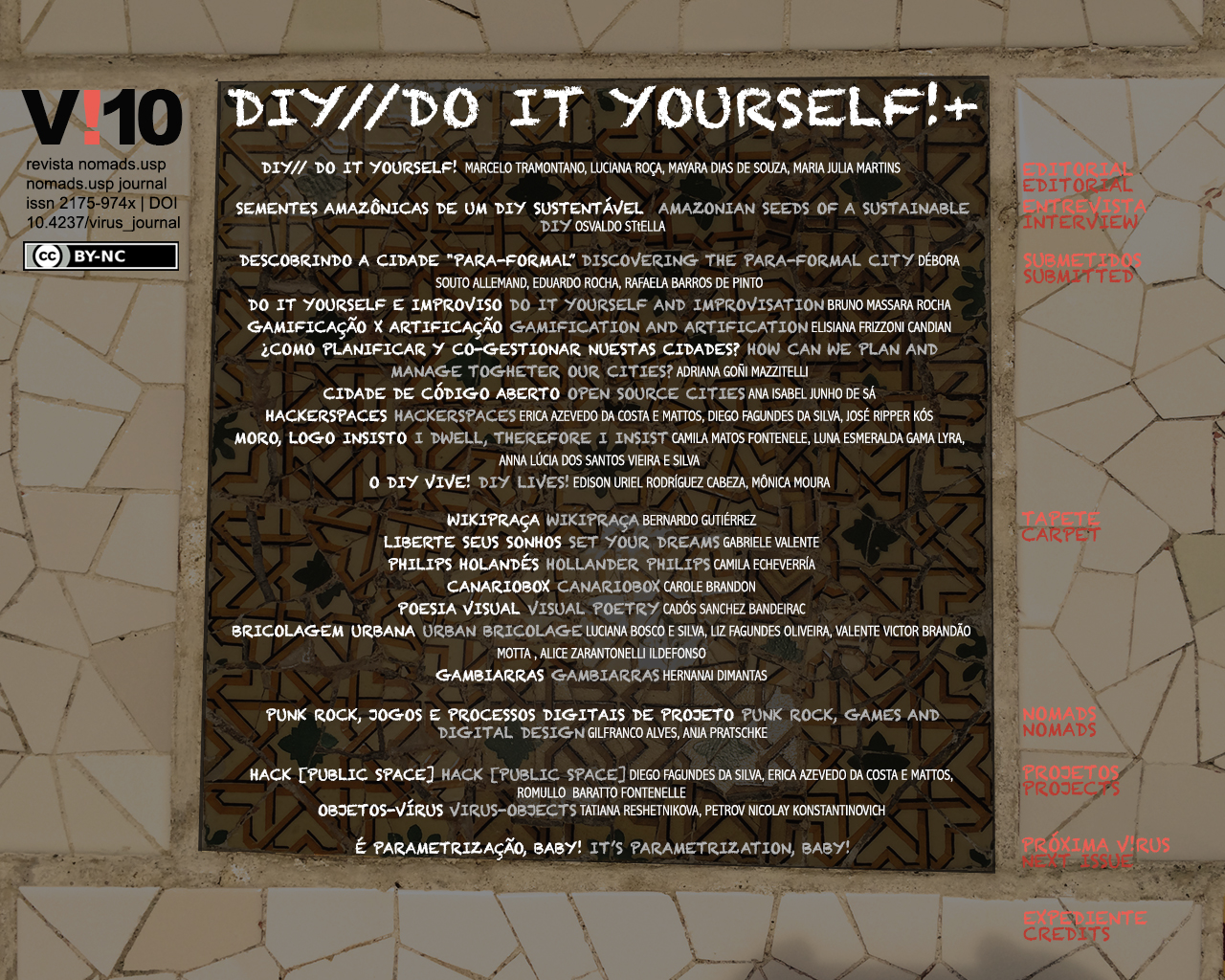
Fig. 2: Remix #1, Summary section background. Designer: C. Nojimoto.
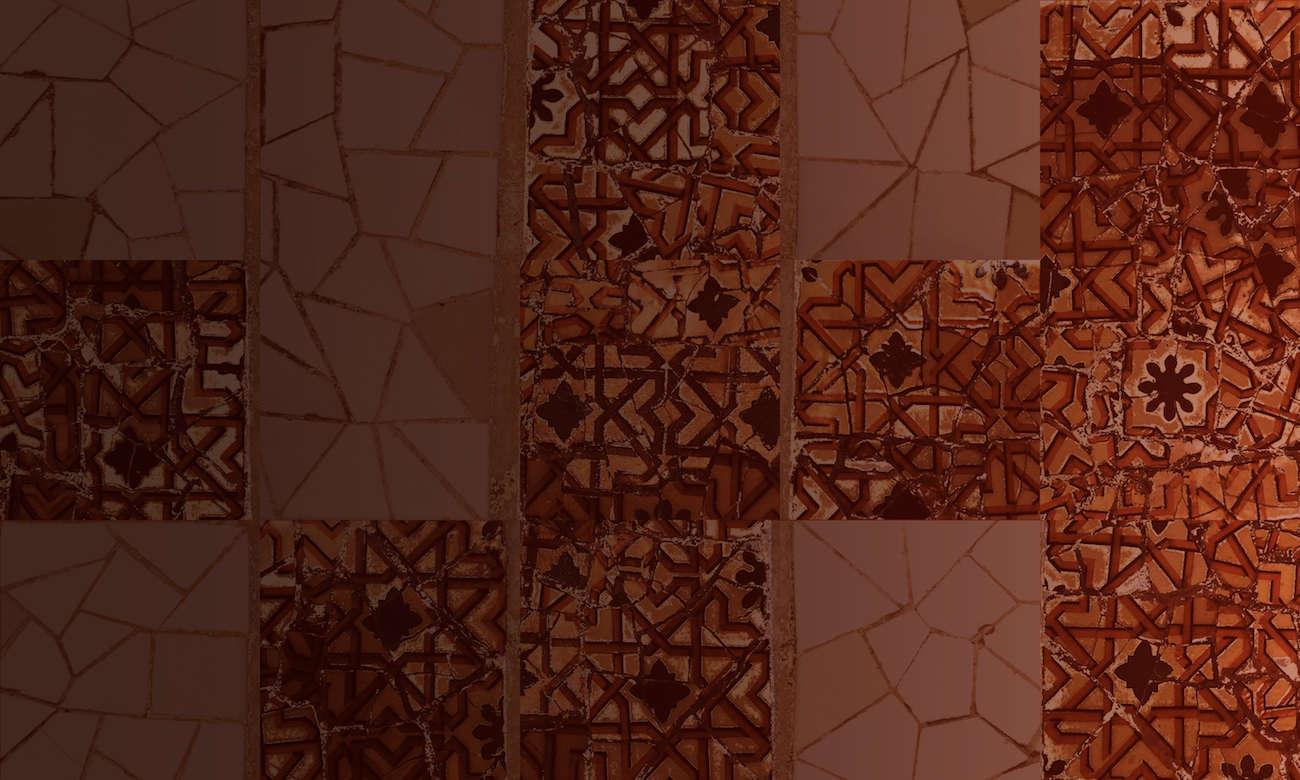
Fig. 3: Remix #2, Editorial section background. Designer: C. Nojimoto.
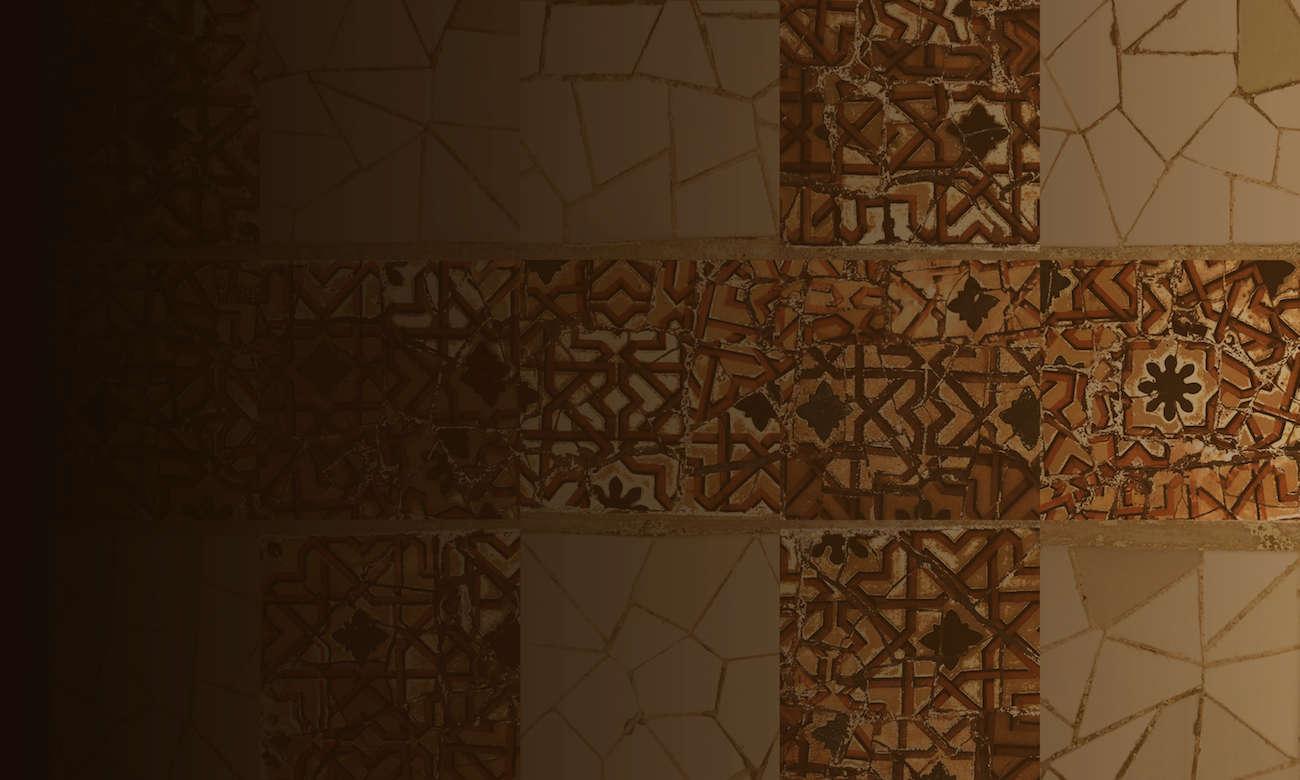
Fig. 4: Remix #3, Interview section background. Designer: C. Nojimoto.
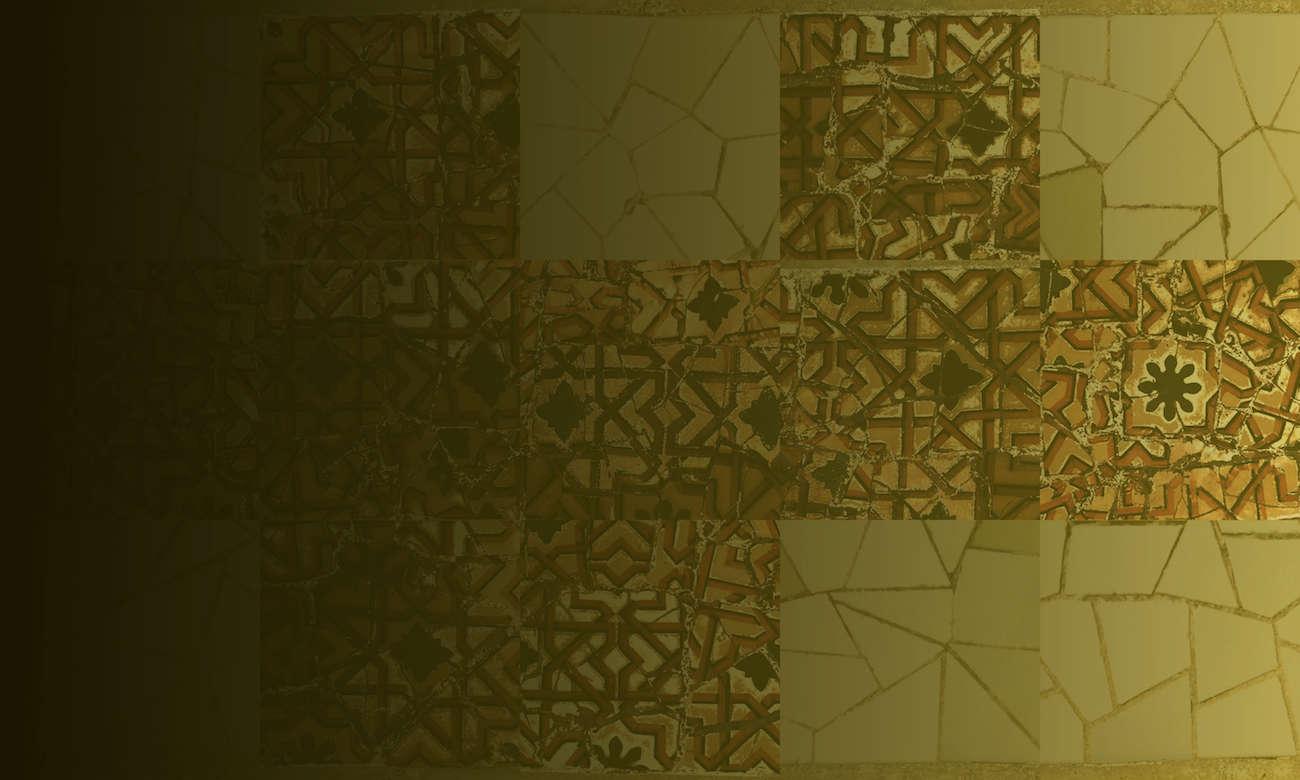
Fig. 5: Remix #4, Submmited Articles section background. Designer: C. Nojimoto.
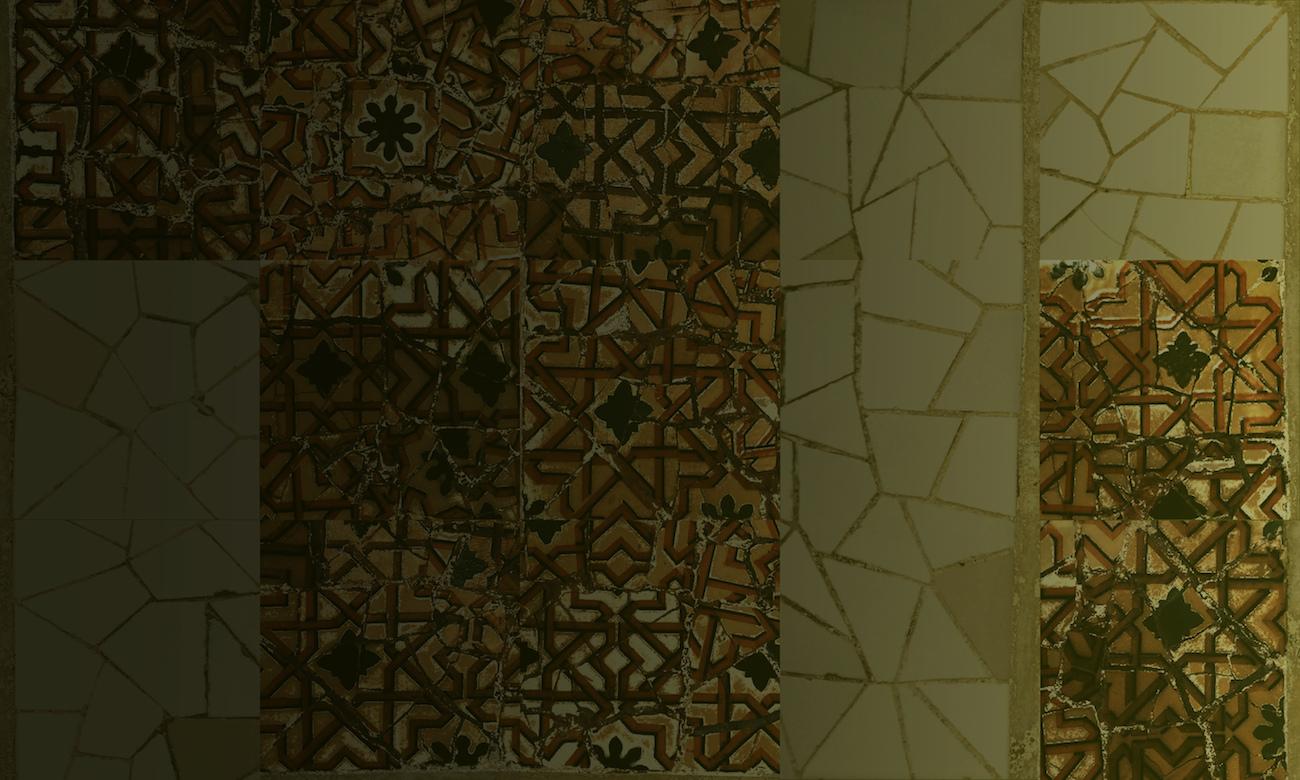
Fig. 6: Remix #5, Carpet section background. Designer: C. Nojimoto.
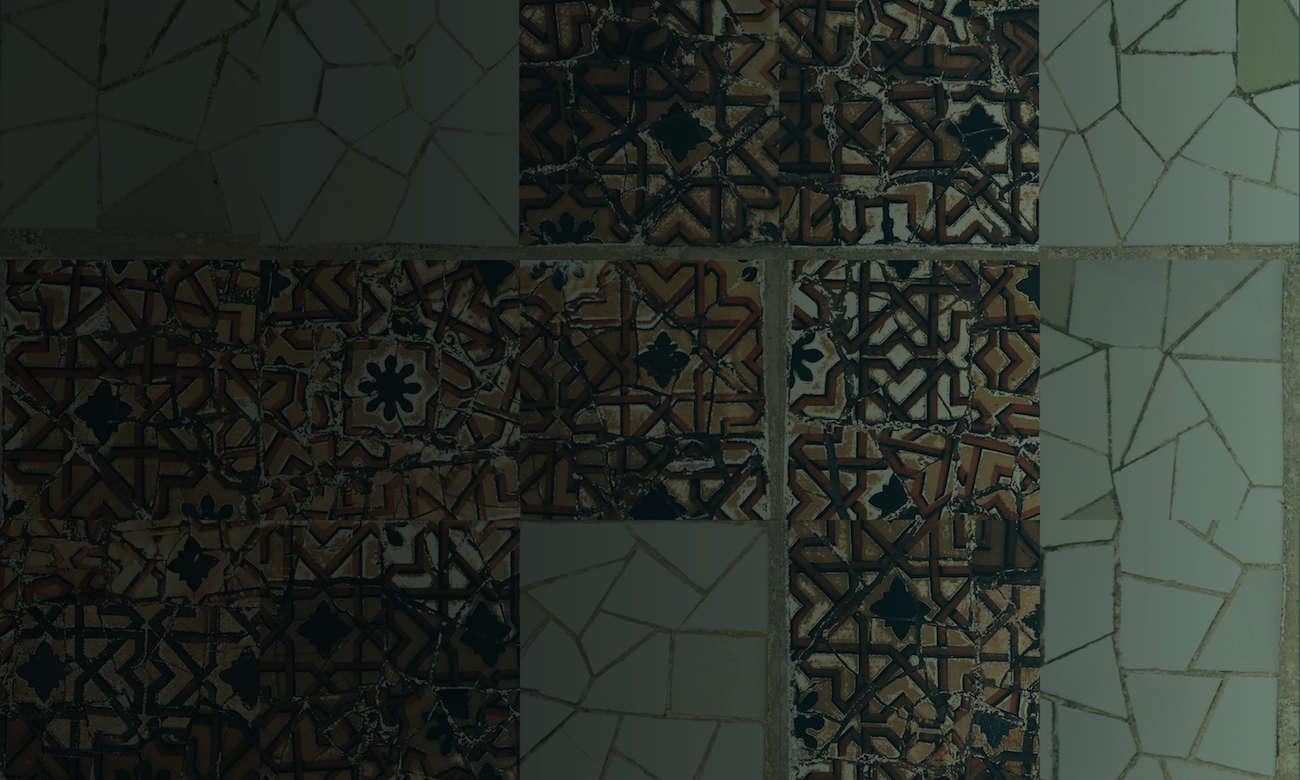
Fig. 7: Remix #6, Nomads Article section background. Designer: C. Nojimoto.
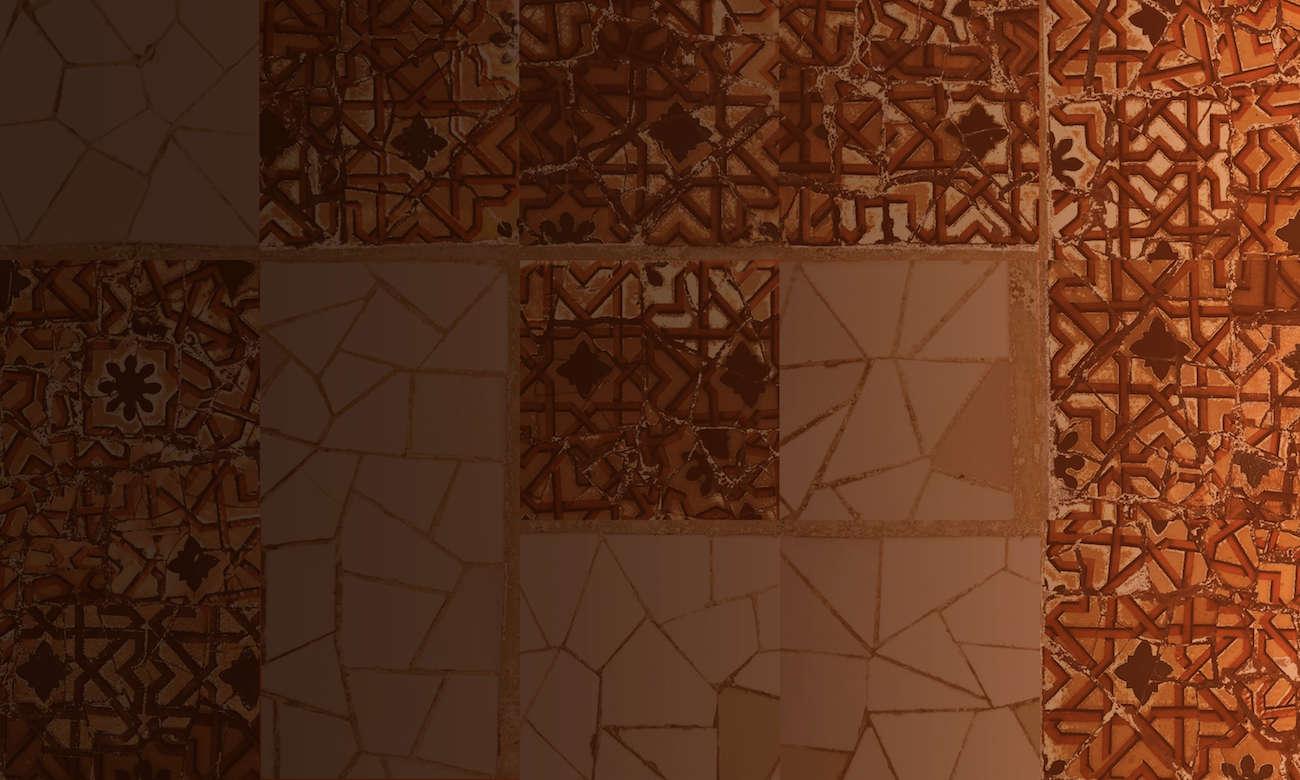
Fig. 8: Remix #7, Projects section background. Designer: C. Nojimoto.
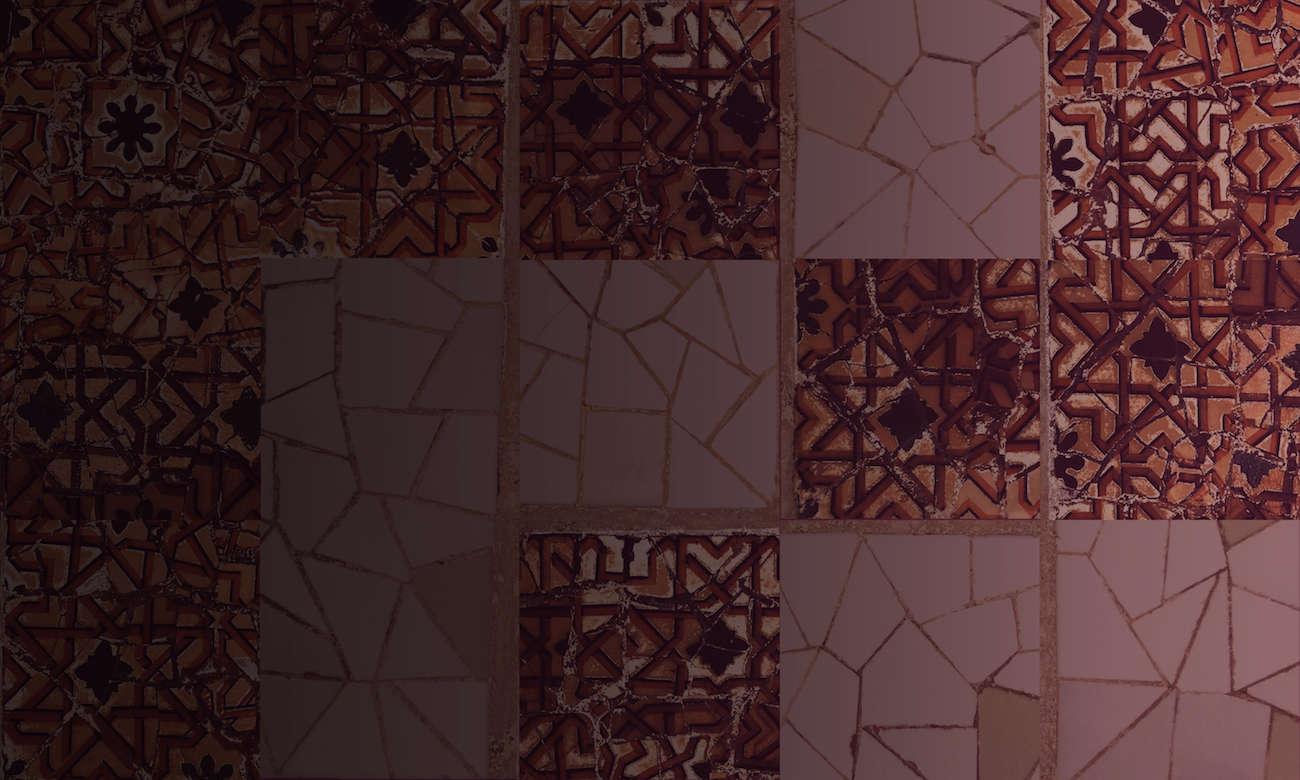
Fig. 9: Remix #8, Credits section background. Designer: C. Nojimoto.




